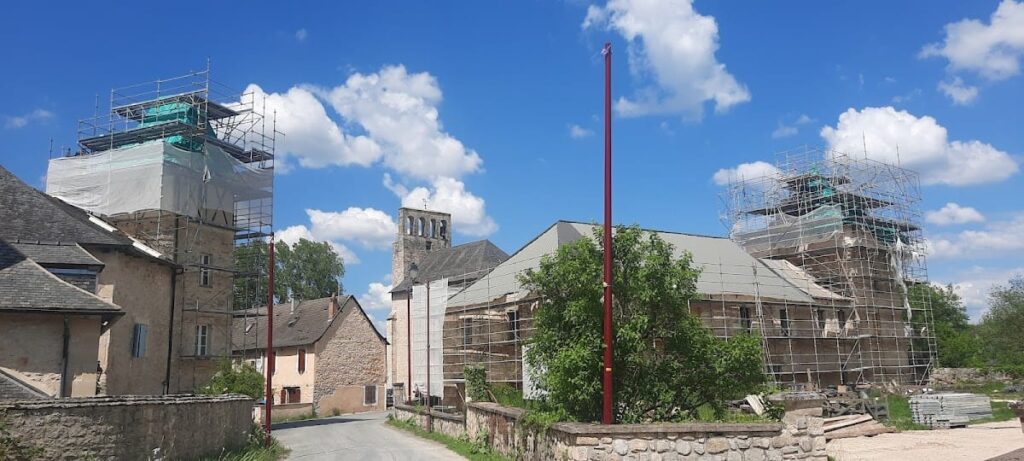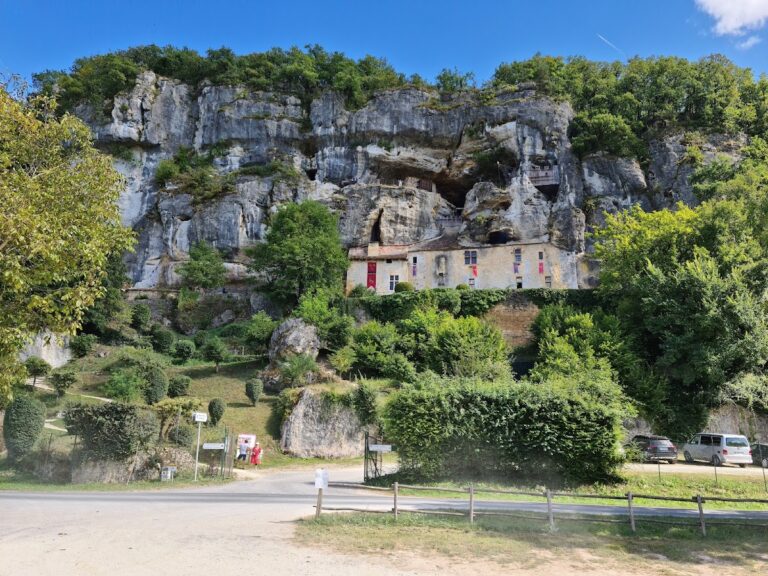Château de Condat: A Historic Hospitaller Commandry in Périgord, France
Visitor Information
Google Rating: 4
Popularity: Very Low
Google Maps: View on Google Maps
Official Website: commanderiecondat.fr
Country: France
Civilization: Medieval European
Remains: Military
History
The Château de Condat is located in Condat-sur-Vézère, within the Périgord region of southwestern France. It was originally established in the 12th century by the Knights Hospitaller, a medieval Catholic military order. The site was known as Hospitalis de Condato from 1239, reflecting its role as a commandry, or administrative center, for the order.
During the Middle Ages, the commandry served multiple purposes. It was a fortified residence for the knights, a tithe barn for collecting church taxes, a hostel for pilgrims traveling through the region, and a hospital for the sick. This made it the most important Hospitaller establishment in Périgord, combining religious, military, and social functions.
In the 16th century, the château became involved in regional conflicts. During the French Wars of Religion, the Huguenot captain named Pouch transformed the church into a defensive fortress. This stronghold was later besieged and taken by the seigneur of Losse. The château also experienced changes in control during the Fronde, a series of civil wars in France during the mid-17th century.
Following the French Revolution, the commandry was confiscated and sold as national property. The site suffered pillaging and parts of it were converted for industrial use in the 19th century, including functioning as a mill and flour mill. By the 21st century, the buildings were no longer in use and closed to the public. The church, however, continues to serve as the parish church of Condat-sur-Vézère.
The donjon, or fortified tower, was officially recognized as a historic monument on 12 October 1948. In 2022, the local commune acquired the commandry with plans to restore it, estimating a need for at least €3.6 million in funding.
Remains
The Château de Condat stands at the meeting point of the Coly and Vézère rivers, on the left bank of the Coly. The site features an oblong layout centered around a square keep, or donjon, dating from the 15th century. This main tower includes defensive elements such as machicolations—openings through which defenders could drop objects on attackers—and bretèches, small projecting balconies used for defense.
Attached to the donjon is a residential building from the 16th century. The keep is surrounded by a walkway called a chemin de ronde, supported by stone corbels that project from the walls. At the opposite corner of the complex, a 16th-century turret remains, though it has been lowered in height over time. Another building on the site includes a square defensive tower.
The château was once encircled by moats, which have since been filled in. The roofs of the surviving buildings are covered with slate sourced from the nearby town of Brive. The church on the site is notable for its regional bell-gable, known as a clocher-peigne, a type of bell tower with openings for bells rather than a full tower structure. This church remains in use as the local parish church.
Today, the château is privately owned but protected as a monument historique by the French Ministry of Culture. The structures are largely intact but disused, reflecting centuries of adaptation and change.






